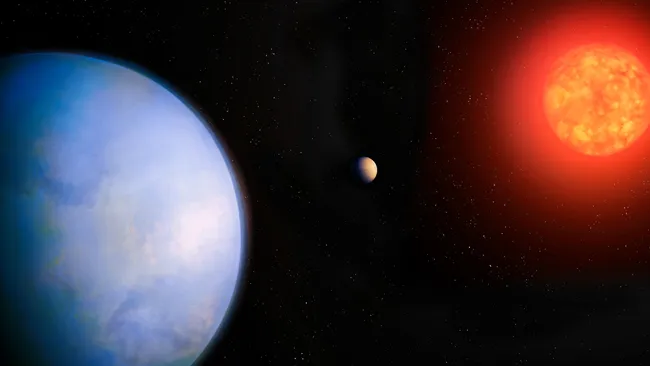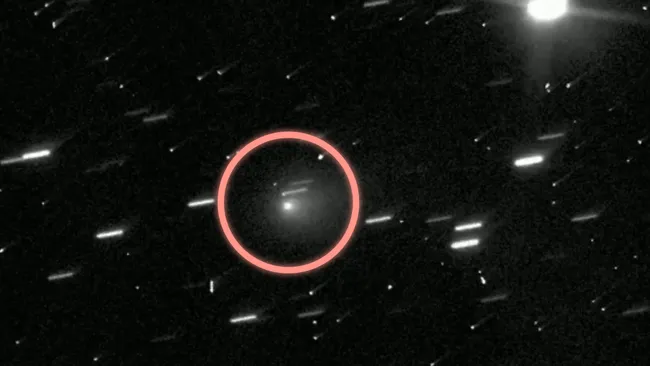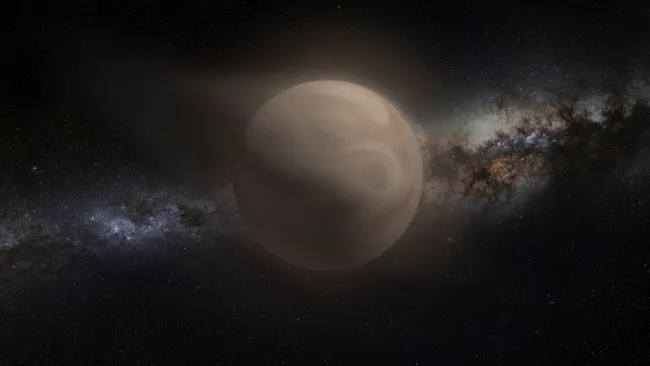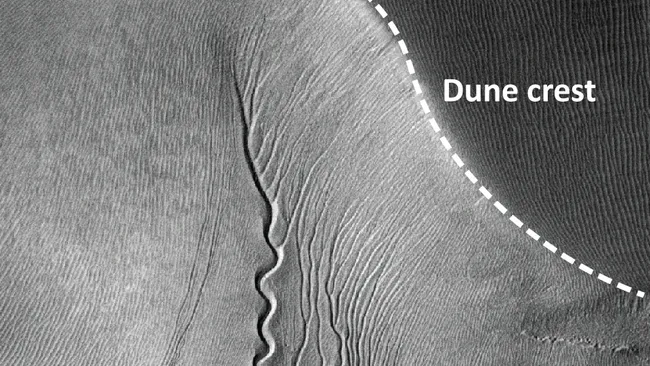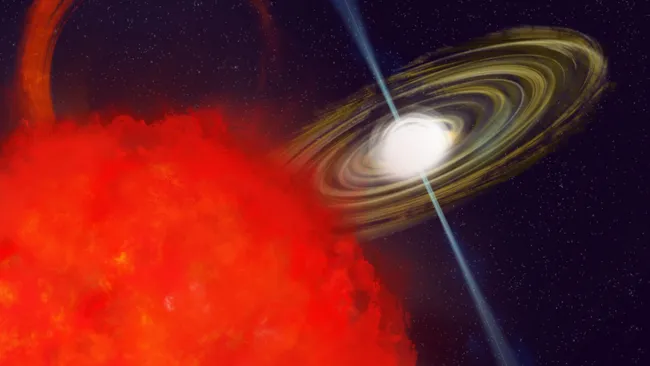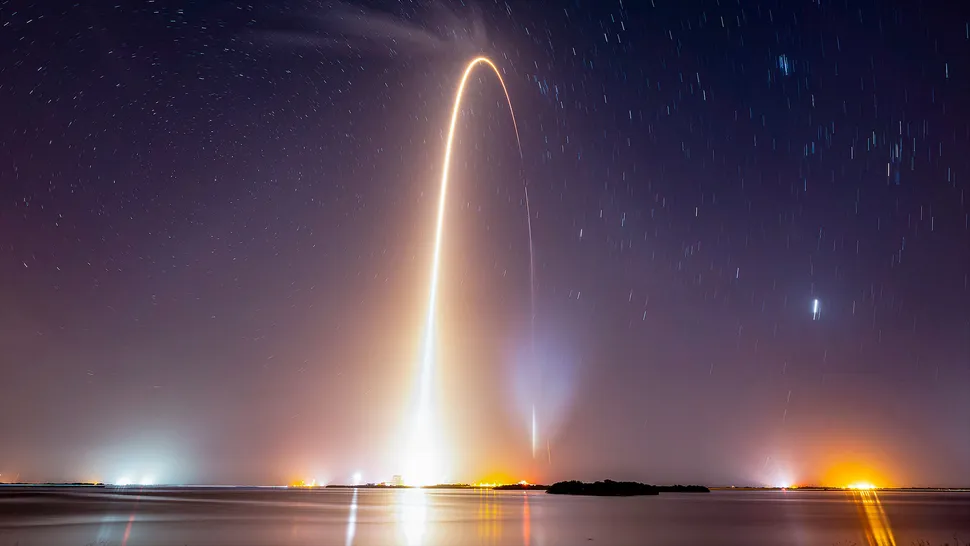NASA’s Perseverance rover may have found its 1st meteorite on the surface of the Red Planet after landing on February 18, 2021.
Perseverance spotted an unusual “sculpted, high-standing” rock, nicknamed Suspected meteorite “Phippsaksla,” nestled among surrounding flat rocks on September 2 (Sol 1612), according to a NASA blog post by Candice Bedford.
Using its SuperCam laser instrument, Perseverance confirmed that the rock, which is nearly three feet long (81 centimeters), is made of Iron and nickel composition. This composition matches what is known about the Cores of large asteroids in the solar system.
An Unexpected Find in Jezero Crater
Asteroids are large space rocks made of leftover material from the formation of the solar system 4.5 billion years ago. Meteoroids are often fragments of asteroids, and when one makes it to a planet’s surface, it is called a meteorite.
While this marks the first possible meteorite find for Perseverance, its predecessors, Curiosity, Spirit, and Opportunity, all found several iron-nickel meteorites. NASA officials were previously surprised by Perseverance’s lack of space rock finds in the Jezero crater region, especially given the crater’s age.
Candice Bedford noted that Jezero crater should contain more meteorites, suggesting that meteorites did fall on the crater floor, delta, and rim over time.
Primary Mission Remains
Despite the exciting discovery, hunting meteorites is a side job for Perseverance. The rover’s primary mission remains hunting for possible signs of past life on Mars and gathering samples for a possible future return to Earth.
Just last month, NASA announced the rover found tantalizing chemical fingerprints that might show evidence of chemical reactions between sediment and organic matter, reinforcing the importance of its sample collection efforts.


